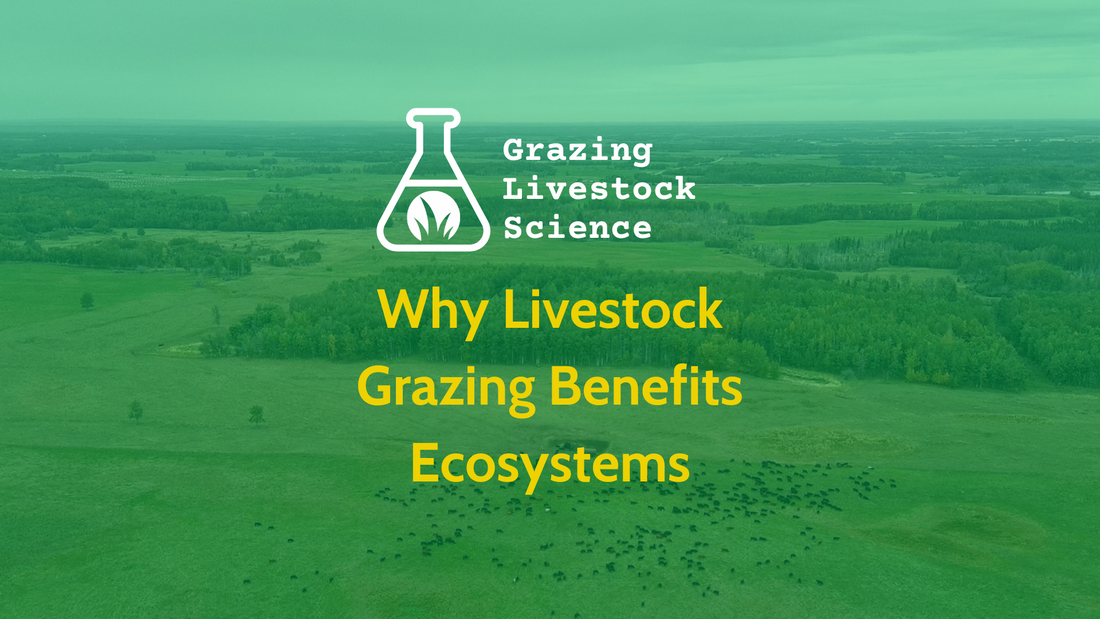
Why Livestock Grazing Benefits Ecosystems
Many urban dwellers might view livestock grazing as environmentally harmful. Headlines often focus on greenhouse gas emissions from cattle or overgrazing that damages landscapes. But what if properly managed livestock are actually essential for healthy ecosystems? A recent article in Animal Frontiers reveals how livestock can play a vital role in maintaining biodiversity and ecological balance.
Replacing Lost Megafauna
For millions of years, large wild herbivores (megafauna) shaped our planet's landscapes. These animals kept environments balanced by consuming vegetation, dispersing seeds, and cycling nutrients. Outside of Africa and parts of Asia, most of these large animals went extinct thousands of years ago.
Today, domesticated livestock can fill this ecological gap when properly managed. The landscapes created by wild megafauna, traditional hunter-gatherers, and modern livestock keepers are remarkably similar - a mix of trees, shrubs, and open pasture that supports tremendous biodiversity.
How Livestock Support Diverse Ecosystems
When managed properly, grazing animals:
- Maintain open landscapes that many plant and animal species have evolved to depend on
- Prevent woody vegetation takeover that would otherwise eliminate grassland habitat
- Improve soil health by building organic matter and increasing water retention
- Help cycle nutrients through their manure, making them available for plant growth
- Reduce wildfire risk by consuming excess plant material
Contrary to the "land sparing" approach (intensively farming some areas while leaving others completely untouched), evidence increasingly supports "land sharing" - using sustainable livestock practices that work in harmony with natural processes.
The Circular Economy of Agriculture
One of the most overlooked benefits of livestock is their ability to upcycle materials humans can't eat into nutritious food. Consider this:
- For every kilogram of human-edible food grown from crops, at least 3-4 kilograms of inedible biomass is produced (stems, stalks, processing byproducts)
- Globally, about 70% of agricultural land is grassland that can't be used for growing crops
- Ruminants (cattle, sheep, goats) convert this inedible vegetation into high-quality protein
- Animal manure returns nutrients to the soil, completing a natural cycle
Without livestock, much of this biomass would go unused, and we'd lose valuable nutrients from our agricultural systems. In fact, studies show that 86% of global livestock feed doesn't compete with human food at all.
Soil Health and Carbon Sequestration
Perhaps the most significant benefit of well-managed livestock is their impact on soil health. Through proper grazing:
- Degraded soils can be restored through the introduction of livestock
- "Adaptive grazing" techniques (short-duration, high-intensity grazing followed by adequate recovery) build soil carbon
- Plant roots grow deeper and healthier when properly grazed
- Carbon that has been lost from agricultural soils can be sequestered back into the ground
Research has found that improving soil carbon sequestration through better grazing management has the largest potential to reduce beef's environmental footprint - both per unit of food produced and per unit of land.
The Danger of Converting Grasslands
When grasslands are converted to cropland, the environmental consequences are severe:
- Massive carbon emissions from disturbed soil
- Increased soil erosion (up to 8% annually in converted lands)
- Higher nitrogen losses (around 4% annually)
- Reduced water quality due to sedimentation and nutrient runoff
- Loss of wildlife habitat and biodiversity
Protecting existing grasslands through sustainable livestock grazing preserves these vital ecosystem services while still producing nutritious food.
The Right Approach to Livestock Management
The key to realizing these benefits lies in proper management:
- Respect ecological context - different environments require different approaches
- Embrace diversity of livestock species, breeds, and production methods
- Apply agroecological principles like minimizing external inputs and maximizing circularity
- Use adaptive grazing techniques that mimic natural herbivore patterns
Conclusion
The relationship between livestock and environmental health isn't a simple one. While poorly managed grazing can damage ecosystems, well-managed livestock are often essential for their protection. Rather than viewing livestock as environmental villains, we should recognize their potential as ecological allies when deployed with knowledge and care.
The research shows that environmental protection and sustainable livestock management aren't contradictory—they're complementary. By understanding and working with natural processes, livestock producers can help create resilient, productive landscapes that benefit both people and the planet.
Modern Pastures is a farm-direct meat company based in Western Canada, in a region perfectly suited for grazing beef and other ruminants. The full article that was summarized above can be found at https://academic.oup.com/af/article/13/2/28/7123478
